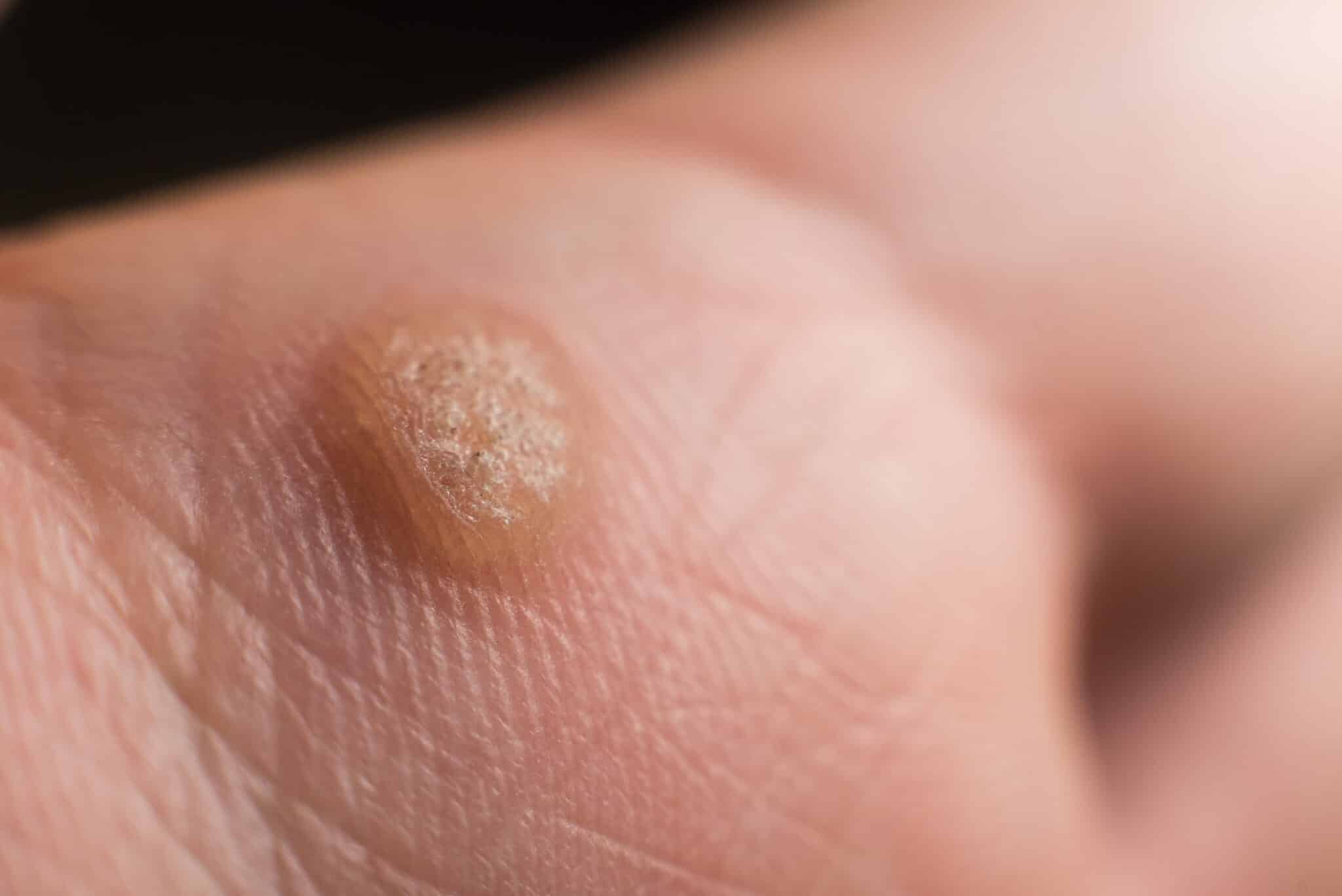
Skin conditions are concerning, especially when they resemble something as serious as skin cancer. Warts and skin cancer are two distinct conditions that can sometimes be mistaken for one another.
Understanding the differences between them is critical for accurate diagnosis and appropriate treatment. In this article, we will share what warts and skin cancer are, why they might be confused, and how you can differentiate them.
Warts are harmless skin growths triggered by the human papillomavirus (HPV). They can develop anywhere on the body and are particularly common on the hands, feet, and genital area. Because they are contagious, warts can spread through direct skin contact.
Types of warts include:
Warts typically have a rough, raised surface and may be flesh-coloured, pink, or brown. They are of various sizes, from tiny dots to larger, cauliflower-like growths.
Like warts, skin cancer is also an abnormal growth of skin cells. However, they are often brought on by excessive exposure to UV rays from sunlight, natural tanning, or tanning beds. Although rare, skin cancer may also be caused by genetic defects, chronic skin inflammation, viruses and environmental pollutants.
The three main types of skin cancer are:
Melanoma is the most severe type and can be life-threatening if not treated early. Skin cancer is most commonly found in sun-exposed areas such as the face, neck, arms, and legs, although it can grow anywhere on the body.
Warts and skin cancer can be mistaken for each other because they both present as abnormal growths on the skin.
Some types of warts may appear similar to skin cancer, such as basal cell carcinoma. Both conditions can also occur in similar locations on the body, further contributing to the confusion.
Warts commonly occur on the hands, feet, and genital area, although they can appear anywhere on the body.
In contrast, skin cancer is more likely to develop in sun-exposed areas, such as the face, neck, arms, and legs. Growth in an area not typically associated with warts, such as the back or shoulders, may be more indicative of skin cancer.
Warts often have a rough, raised surface and may resemble a cauliflower. They can vary in size and may be flesh-coloured, pink, or brown.
In contrast, skin cancer lesions may be smooth or scaly and can appear pink, red, brown, or black in colour.
Warts grow slowly over time and may grow larger or spread to nearby areas if left untreated. Skin cancer, on the other hand, may spread rapidly and can invade surrounding tissues if not detected early. Changes in growth size, shape, or colour should raise suspicion for skin cancer.
Warts may remain relatively stable in size and appearance or slowly resolve on their own over time. Skin cancer, however, is more likely to change in size, shape, or colour and may ulcerate or bleed.
If you notice unusual growths or changes on your skin, you should seek medical advice promptly. A doctor can examine any lesion you develop and determine whether it is a wart, skin cancer, or another skin condition. Detecting abnormalities early can improve the chances of successful treatment.
Warts and skin cancer are two different conditions that can sometimes be confused. Knowing how to tell them apart is essential for accurate diagnosis and appropriate treatment. Treating skin cancer as a wart may turn out disastrous.
If you suspect you have warts, 1Aesthetics offers a range of safe and effective treatments for wart removal. Our experienced doctors in Singapore can evaluate your condition and create an appropriate treatment plan according to your current condition. Options may include cryotherapy, laser therapy, immunotherapy or surgical removal.
Address:
1Aesthetics, Medical & Surgery
#14-90 The Central Tower 1
8 Eu Tong Sen Street
Singapore 059818
Mon-Fri 10 AM to 730 PM
Sat 10 AM to 6 PM
Phone / WhatsApp:
+65 66125173 / +65 84899962
Email:
[email protected]